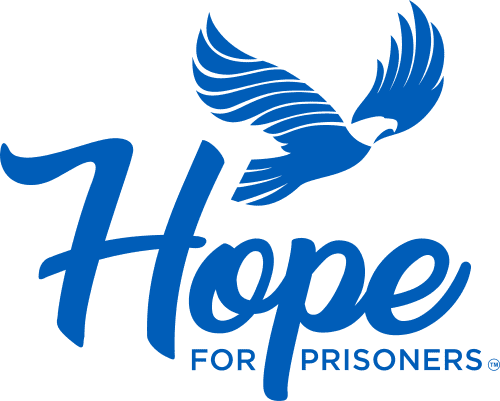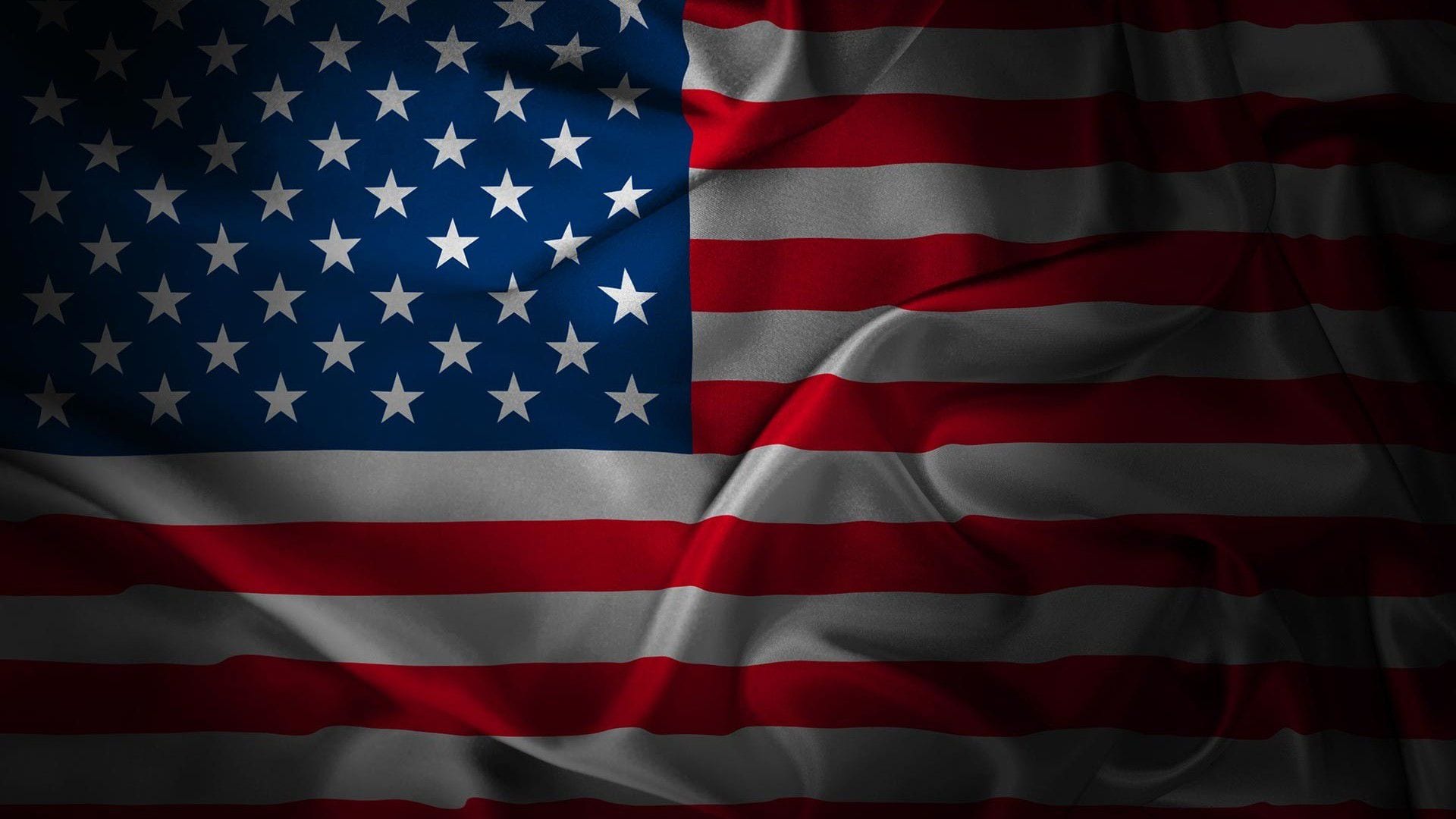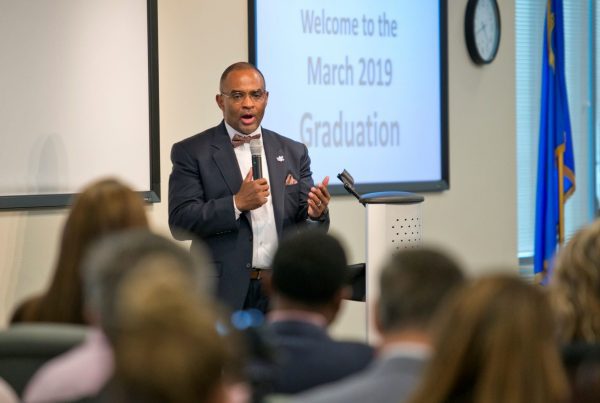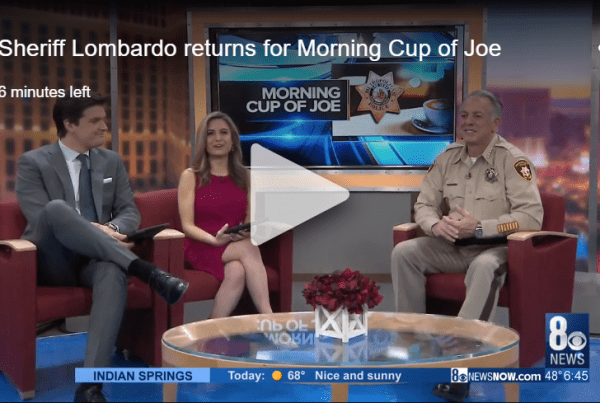I have been in the audience for two sitting presidents.
The first was to see Ronald Reagan during his first term. On Oct. 7, 1982, President Reagan spoke on the campus of the University of Nevada-Reno.
The university has a centrally located, flat grassy area in the middle of the campus known as the “quad” and is surrounded by stately buildings. The podium was set up at one end of the quad on a raised platform. The quad was overflowing with students, teachers, and members of the community who came to hear the president speak. I don’t even remember what he said, but I do remember the excitement of everyone who attended in being able to see and hear the president speak.
The second time was last week when I attended the Hope for Prisoners graduation ceremony held at the Las Vegas Metropolitan Police headquarters, where President Trump was speaking.
The graduation event was held inside a large meeting room with a limited number of seats, and unlike the outdoor event held in Reno years ago with President Reagan, access was strictly controlled. I stood in line with other attendees as we one by one, walked up to the first checkpoint and handed identification to the person at the desk where each name was checked against a list.
Once allowed through, I moved to the next line, where I was scanned by secret service personnel before entering the meeting room. Like the event years ago on the quad (albeit on a much smaller scale), the room was filled to its maximum capacity.
The level of anticipation rose in the room as the invited guests were asked to take their seats.
Hope for Prisoners Founder Jon Ponder was the first speaker.
A former inmate, Jon found out for himself when he returned to his community after spending time in prison and experienced firsthand the same challenges most face when they are released. He realized there was a lack of long-term support and guidance for those who learned from their mistakes and had a genuine desire to change the direction of their lives. From his personal experience and his passion to help those facing the same challenges he overcame, Hope for Prisoners was born.
The program is designed to reduce recidivism in our prison system by teaching new life skills and provides job-ready training to internees before they re-enter civilian life.
The program begins inside the confines of the correctional facilities where incarcerated persons go through a lengthy interview as part of the selection process to enter into the program. Once they are selected for the program, and still incarcerated, they are taught new job skills so that they are employable immediately upon release.
The program also teaches them life skills such as parenting, financial management, leadership, core values and conflict resolution, along with many other topics. Once released, those in the program continue receiving mentoring for another 12 months. The program has a high percentage of successful graduates who become employed and don’t end up back inside.
While waiting for the president to arrive, several other speakers took turns addressing a crowd about the program’s success.
Finally, the moment arrived when President Trump walked in and up to the podium. As the president spoke, he touched on a number of subjects, including Roger Stone, the swamp and the economy.
He is not a speaker in the style of President Reagan, and at times, he tended to wander from topic to topic. He did use humor as he talked and would frequently make a remark that brought laughter from the crowd.
Eventually, he focused his talk on the problem that incarcerated people face when they have been released and the success of the Hope for Prisoners program. In this area, the president is leading a reform on how to stop repeat offenders.
Two bills have been passed that received bipartisan support and are the first steps towards criminal justice reform.
In December of 2018, the president signed the First Step Act. The legislation expands rehabilitative programming and earned-time credit opportunities. It also reduces and clarifies mandatory minimums and better provides for the needs of federal prisoners. The Fair Chance to Compete for Jobs Act was signed into law in December of 2019. During his speech, the president pledged to expand programs like Hope for Prisoners across the country.
When he completed his remarks, the graduation ceremony took place and the president stood and waited for each graduate to walk across the stage to receive their certificate. President Trump greeted each person with a handshake and stood for pictures. It was a once-in-a-lifetime moment for the graduates. It was also when the president seemed most at ease and genuine in taking time with each person.
Whether it’s a Democrat or a Republican president, everyone should try and attend an event where they can see the country’s president in person and hear them speak. You get a better understanding of their personality and leadership in person as opposed to soundbites in the news or from social media. It’s a great part of our democracy to be able to do so.
Tim Burke is a businessman, philanthropist, educator and Pahrump resident. Contact him at timstakenv@gmail.com
